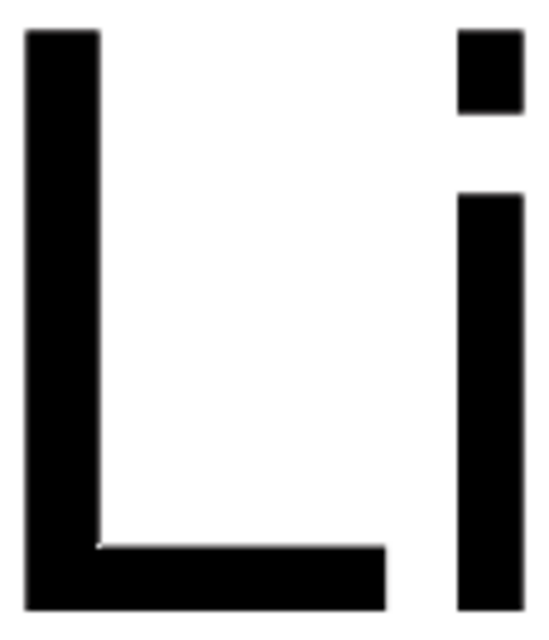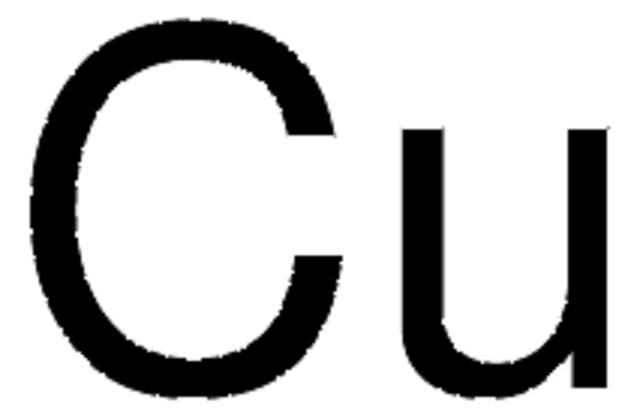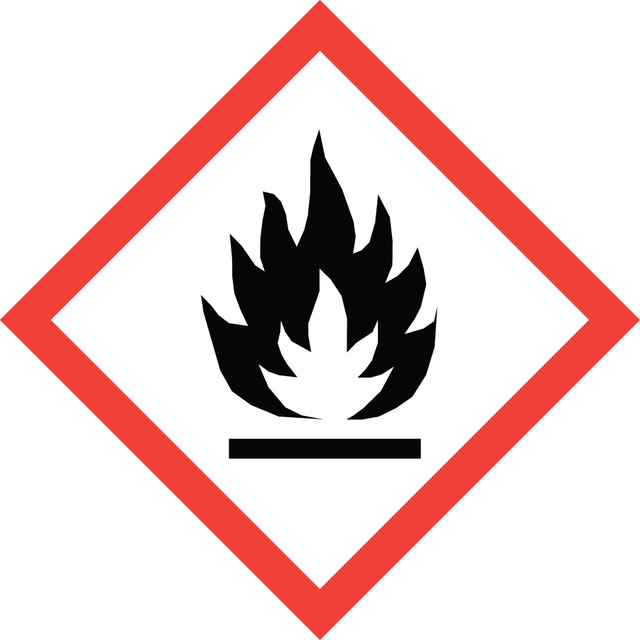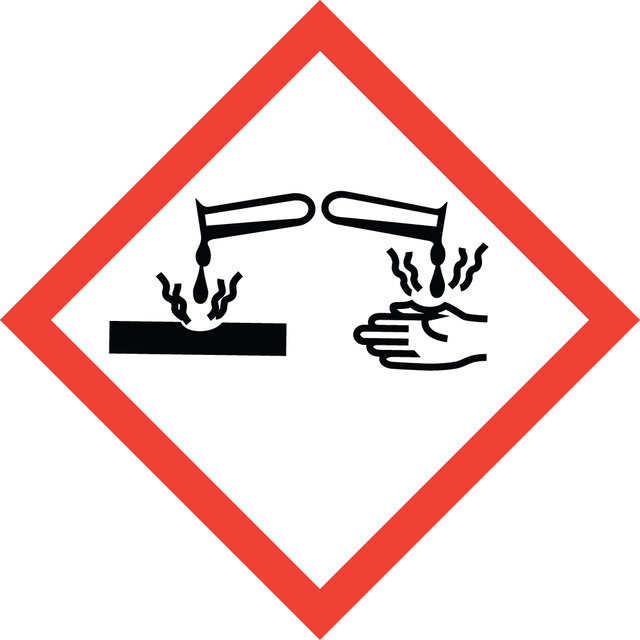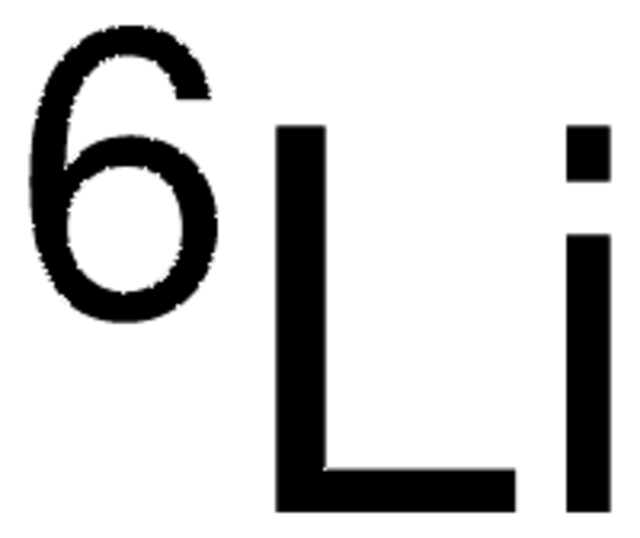GF47159826
Lithium
foil, 25x100mm, thickness 0.6mm, as rolled, 99.9%
Synonyme(s) :
Lithium, LI000260
About This Item
Produits recommandés
Essai
99.9%
Forme
foil
Fabricant/nom de marque
Goodfellow 471-598-26
Résistivité
9.446 μΩ-cm, 20°C
Taille × épaisseur
25 x 100 mm × 0.6 mm
pb
1342 °C (lit.)
Pf
180 °C (lit.)
Densité
0.534 g/mL at 25 °C (lit.)
Chaîne SMILES
[Li]
InChI
1S/Li
Clé InChI
WHXSMMKQMYFTQS-UHFFFAOYSA-N
Vous recherchez des produits similaires ? Visite Guide de comparaison des produits
Catégories apparentées
Description générale
Application
- A retrospective on lithium-ion batteries: This article reviews the contributions in the development of lithium-ion batteries, discussing inspirational insights to guide future breakthroughs in battery technology (J Xie, YC Lu, 2020).
- Guidelines and trends for next-generation rechargeable lithium and lithium-ion batteries: This review discusses the limitations of commercial lithium-ion batteries and explores the directions for next-generation batteries (F Wu, J Maier, Y Yu, 2020).
- Prospects for lithium-ion batteries and beyond—a 2030 vision: This article explores the future of lithium-ion batteries and discusses current strategies to improve these and next-generation battery technologies (CP Grey, DS Hall, 2020).
- Lithium brines: A global perspective: This study offers a global perspective on lithium brines, discussing the critical and technologically important roles of lithium, which is in increasing demand (LA Munk, SA Hynek, DC Bradley, D Boutt, K Labay, 2016).
Informations légales
Mention d'avertissement
Danger
Mentions de danger
Conseils de prudence
Classification des risques
Skin Corr. 1B - Water-react 1
Risques supp
Code de la classe de stockage
4.3 - Hazardous materials which set free flammable gases upon contact with water
Classe de danger pour l'eau (WGK)
WGK 1
Point d'éclair (°F)
Not applicable
Point d'éclair (°C)
Not applicable
Faites votre choix parmi les versions les plus récentes :
Certificats d'analyse (COA)
It looks like we've run into a problem, but you can still download Certificates of Analysis from our Documents section.
Si vous avez besoin d'assistance, veuillez contacter Service Clients
Déjà en possession de ce produit ?
Retrouvez la documentation relative aux produits que vous avez récemment achetés dans la Bibliothèque de documents.
Les clients ont également consulté
Notre équipe de scientifiques dispose d'une expérience dans tous les secteurs de la recherche, notamment en sciences de la vie, science des matériaux, synthèse chimique, chromatographie, analyse et dans de nombreux autres domaines..
Contacter notre Service technique
